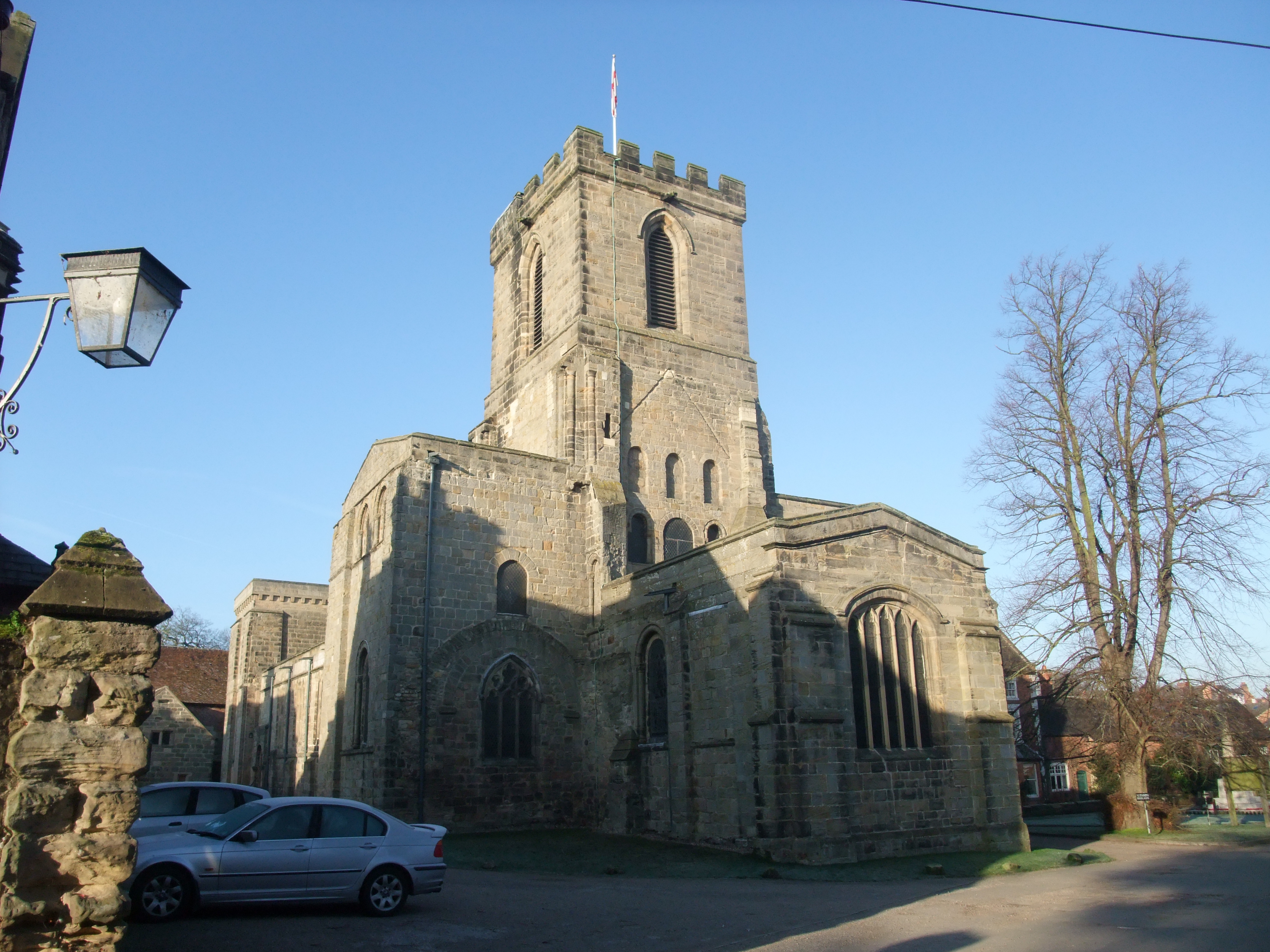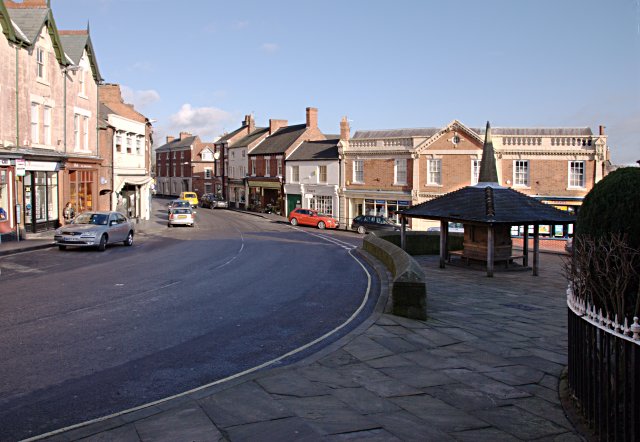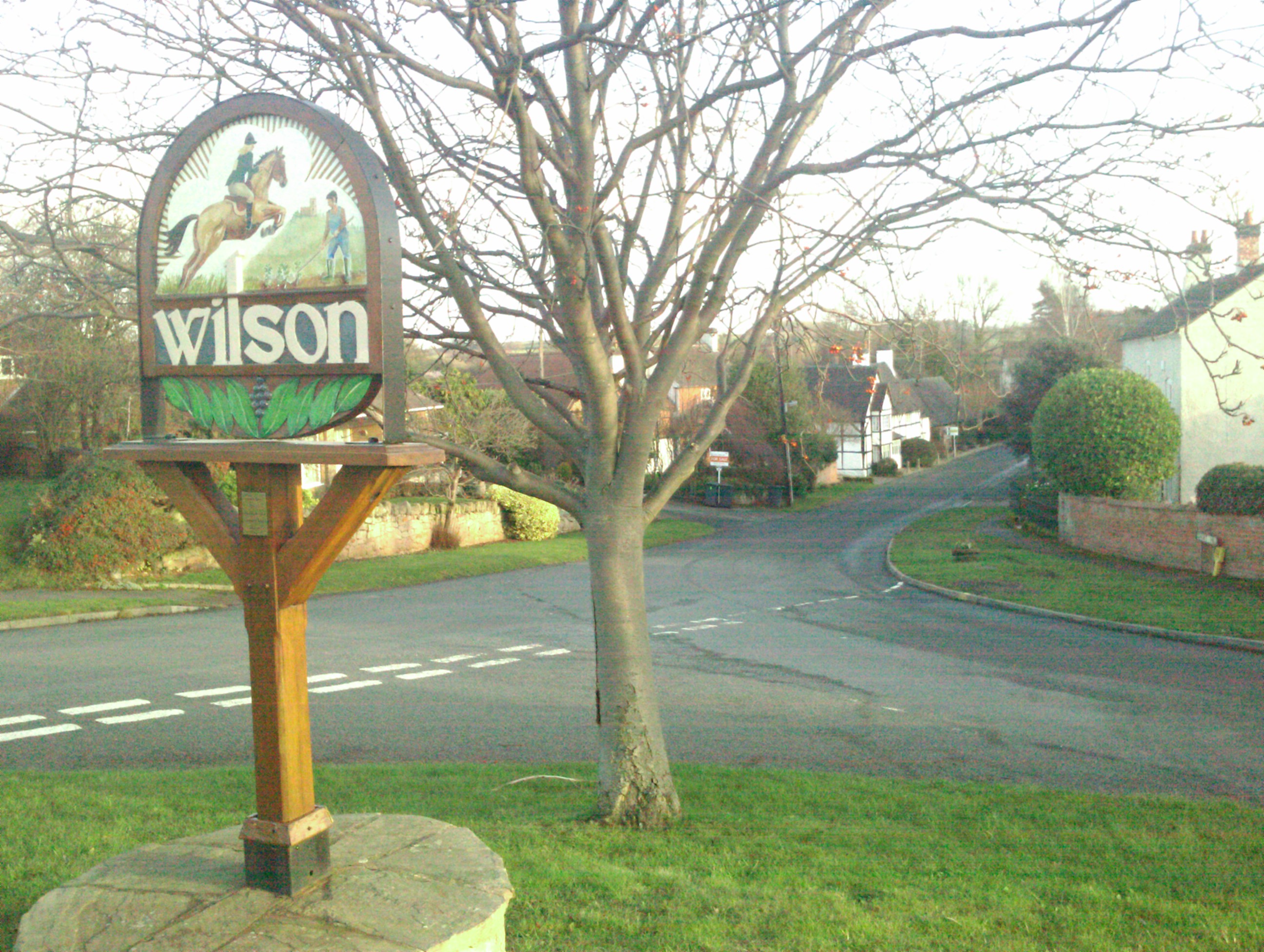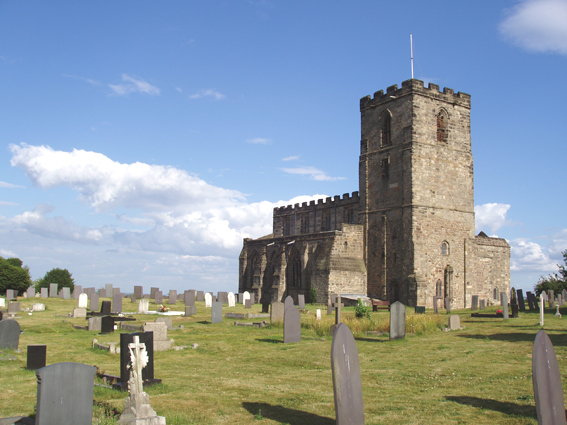Moat Wood
Wood, Forest in Derbyshire South Derbyshire
England
Moat Wood
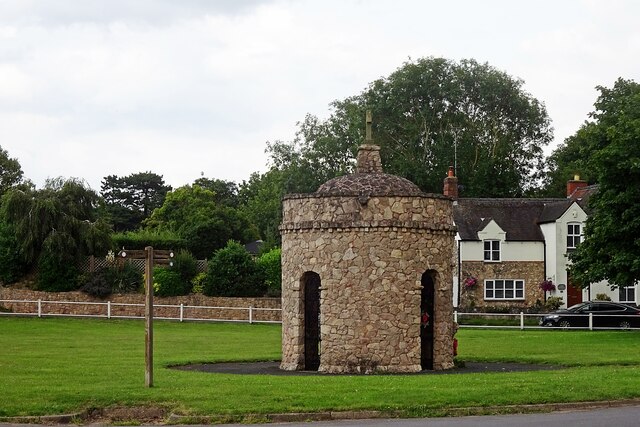
Moat Wood is a picturesque forest located in Derbyshire, England. Covering an expansive area of land, this woodland is known for its natural beauty and diverse ecosystem. The wood is named after the moat that surrounds the area, adding to its historical significance.
The wood is home to a rich variety of flora and fauna, making it a haven for nature enthusiasts. The lush greenery consists of a mix of deciduous and coniferous trees, including oak, beech, and pine. These trees provide a habitat for numerous wildlife species such as deer, foxes, badgers, and a vast array of bird species.
Walking trails wind their way through the wood, allowing visitors to explore its hidden gems. The paths are well-maintained, making it accessible for people of all ages and abilities. Along the way, visitors can spot wildflowers in bloom, listen to the soothing sounds of birdsong, and breathe in the fresh woodland air.
Moat Wood is also of historical interest due to the remnants of an ancient moat that can be found within its boundaries. This moat, believed to date back to medieval times, adds an intriguing element to the woodland's allure. Archaeological enthusiasts can delve into the area's past and imagine what life was like centuries ago.
Overall, Moat Wood is a captivating forest that offers a perfect getaway from the hustle and bustle of daily life. Its natural beauty, diverse wildlife, and historical significance make it a must-visit destination for nature lovers and history buffs alike.
If you have any feedback on the listing, please let us know in the comments section below.
Moat Wood Images
Images are sourced within 2km of 52.813196/-1.4198063 or Grid Reference SK3924. Thanks to Geograph Open Source API. All images are credited.


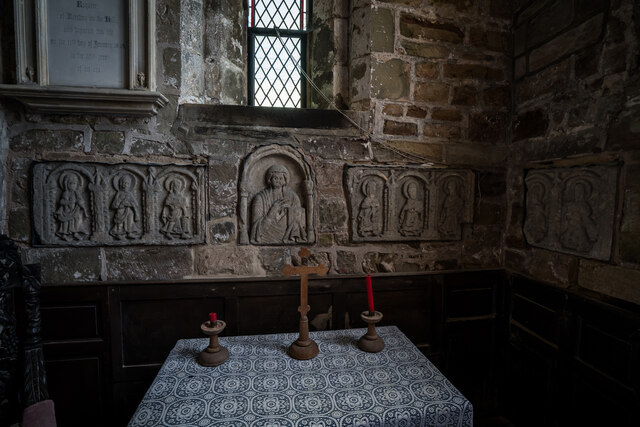
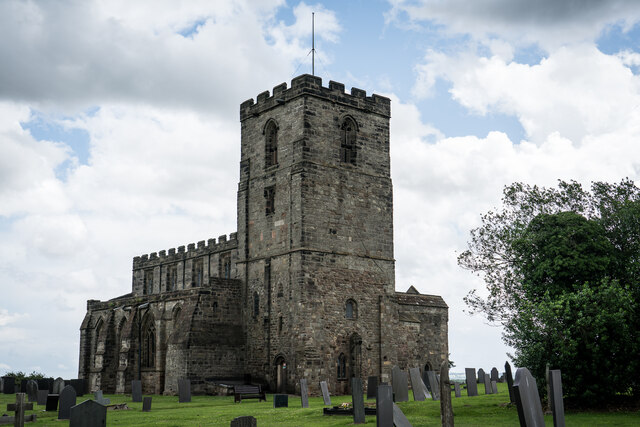
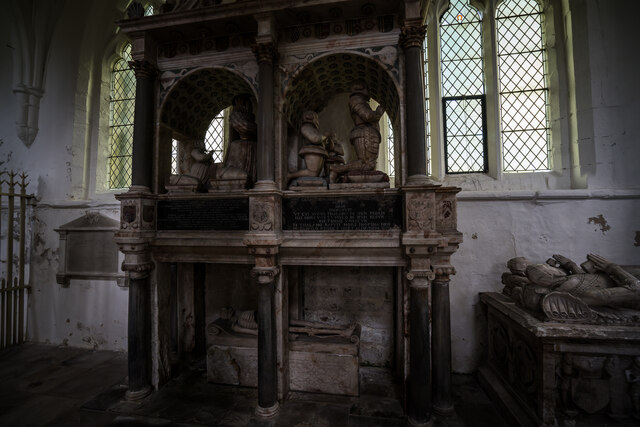

Moat Wood is located at Grid Ref: SK3924 (Lat: 52.813196, Lng: -1.4198063)
Administrative County: Derbyshire
District: South Derbyshire
Police Authority: Derbyshire
What 3 Words
///springing.care.closet. Near Melbourne, Derbyshire
Nearby Locations
Related Wikis
Melbourne Hall
Melbourne Hall is a Georgian style country house in Melbourne, Derbyshire, previously owned by William Lamb, 2nd Viscount Melbourne, British Prime Minister...
St Michael with St Mary's Church, Melbourne
St Michael and St Mary's Church, Melbourne is a Grade I listed parish church in the Church of England in Melbourne, Derbyshire. == History == The church...
Melbourne Castle
Melbourne Castle was a medieval castle in Melbourne, Derbyshire. It was built on the site of an earlier royal manor house that had provided accommodation...
Melbourne, Derbyshire
Melbourne () is a market town and civil parish in South Derbyshire, England. It was home to Thomas Cook, and has a street named after him. It is 8 miles...
Wilson, Leicestershire
Wilson, in the English county of Leicestershire, is a small hamlet just outside Melbourne, Derbyshire. Close to East Midlands Airport, Wilson retains...
Staunton Harold Reservoir
Staunton Harold Reservoir is a large reservoir under the management of Severn Trent Water, located between Melbourne and Ticknall in Derbyshire, England...
Church of St Mary and St Hardulph, Breedon on the Hill
The Priory Church of St Mary and St Hardulph is the Church of England parish church of Breedon on the Hill, Leicestershire, England. The church has also...
Breedon Hill
Breedon Hill is a 5.3-hectare (13-acre) biological Site of Special Scientific Interest on the northern outskirts of Breedon on the Hill in Leicestershire...
Nearby Amenities
Located within 500m of 52.813196,-1.4198063Have you been to Moat Wood?
Leave your review of Moat Wood below (or comments, questions and feedback).












